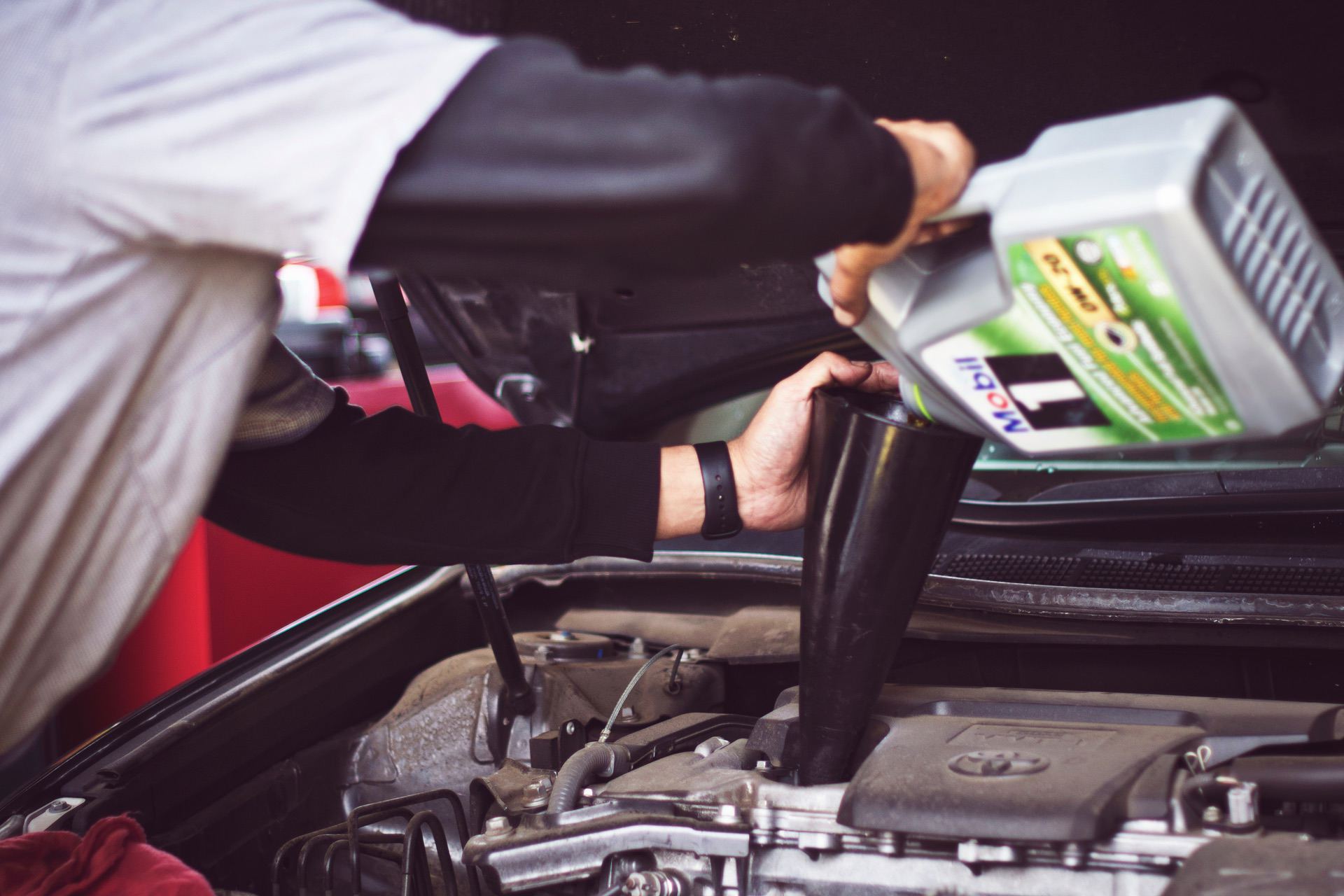At Ox-In-Flames we’re very keen to keep you on the road in a car you can trust. The Ox-In-Flames technical team specialise in technical diagnosis so we’ve put together this quick 3 minute read to answer that all important question.
“I’ve got a light on. Can I continue to drive my car or do I need a garage?”
So, you’ve got a warning light on your dash and not sure what to do.
Your car is an extraordinary piece of engineering. In fact, you might be surprised to know that the technology within the vehicle you carry out your daily commute in, is more akin to an airline jet than a car of just a few years ago. And has dozens of computers to keep your vehicle systems operating smoothly.

But what happens when a fault occurs? How do you know that a system requires attention? Enter your dashboard warning system.
When you switch on your engine a lot of dashboard lights come on, after a few seconds, they go off again. But what if one of them doesn’t?
Whilst there are nuances from one model to the next the majority of vehicles have a core set of warning lights.
Some of these gently remind us of things to which we need to attend, others are just there to provide us with information, but there are a few that warn of serious issues with which you’ll need to act without delay.

Stop-the-car warning lights are the most serious. They tell you that something on your car requires you to stop as practically safe to do so and driving further than that could cause serious damage.
So you’ve got a light on, now what should you do? Your driver’s handbook is a great source of information on what to do next. If you’re out on the open road then your roadside assistance company should be able to help. Or, you’re welcome to give us a call at Ox-In-Flames as we’re experts on this.
Which lights matter the most?
They’re all important really, but we’ve outlined the most common ones that we see in our garage below.
The dashboard lights you really can’t afford to ignore are:
The Engine Management Light

This usually looks like an engine that’s been struck by a bolt of lightning and indicates some sort of mechanical or electrical fault with the engine. It’ll have come on as one of the systems is outside of its parameters and will require attention immediately.
Failure to have this inspected could mean additional damage or breakdown. A diagnostic evaluation will get you to the root cause and outline if this is a quick fix or something that requires some in-depth fault finding.
The braking system light and ABS warning light
These lights indicate faults with your braking system, with potentially dangerous consequences.
Both of these lights require immediate attention. You don’t want brake failure!
The ABS lamp

This warns that the Antilock Braking System has a fault. This means that your braking distance could be affected. Your ABS is there to avoid a skid and enable you to steer whilst braking.
The power steering failure lamp

A fault in this system could coincide with the steering becoming extremely heavy, making it difficult to safely control the car. It may be possible to manoeuvre the vehicle to a safe place at low speeds, and with a lot of effort, but it would be dangerous to drive at anything like normal speed.
The airbag warning light

This will illuminate when there is a fault with the airbag system. It won’t affect the way the car handles or drives but can’t be ignored because the consequences could be extremely serious if there is an accident. Airbags form an integral and essential part of a car’s safety system; they are NOT an optional extra.
The oil pressure light

On some cars this may glow amber to warn of a low oil level, but more commonly it is a red warning lamp showing the car has suffered a significant loss of oil pressure. The cause may be insufficient oil or there could be a more serious mechanical failure. The reason you need to pull over where it’s safe to do so is that if you were to keep driving, the engine would be very likely to fail completely, and that could cause even more serious damage.
The cooling system light

This light comes on when there is too little coolant for the engine or when the power unit exceeds its maximum temperature. The risk of carrying on driving is that the engine could overheat and performance will suffer. The car may even stop entirely, with a high likelihood of serious engine damage.
So there you go. It’s really important that you take these lights seriously. Failure to do so could lead to incurring an unnecessary expense and that’s something that we’re keen for you to avoid.

The good news is that at Ox-In-Flames we’re known for our expertise in this field. These complex systems are our daily bread, and we’ll guarantee you that our skilled technicians will always give great value and peace of mind when it comes to repairing your car.
Call us today we’re here to help.



